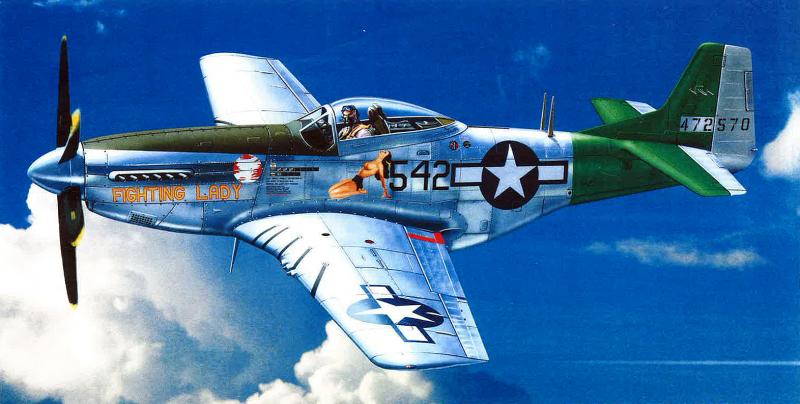Post by Dave Homewood on Oct 28, 2024 22:06:57 GMT 12
From the Press, 23 September 1986
Caribou mud-bound in Waihi
Special correspondent in Auckland
An Australian Air Force transport plane is stuck in the mud at a paddock near Waihi Beach.
The 12,700 kg Caribou tactical transport plane came to a sticky stop on Sunday as its crew practised landing on "semi-prepared” airstrips. The landing was fine, but then came that sinking feeling.
Squadron Leader Dave Innes, normally based in Richmond in New South Wales but now stuck with his eight-man crew in a Waihi motel, explained yesterday how the giant aircraft came to be sitting amongst the Waihi greenery. The short-range tactical transport Caribou had flown to New Zealand specifically to train on such airstrips. On Sunday, the day after the crew arrived, the squadron leader took off with his men from Whenuapai and headed for Waihi Beach.
With 1000 hours flying Caribous in Vietnam, Squadron Leader Innes was no stranger to sticky landings. He cast a wary eye down on the semi-prepared strip and decided to test the evident moisture on the ground with what he calls a “touch and go” manoeuvre.
The Caribou was touched down and immediately powered-off again so two crewmen posted at the rear of the aircraft could note how far the wheels had dug in to the surface. Armed with their observations, Squadron Leader Innes elected to land. The touchdown was a breeze. A turn and taxi-ing followed smoothly.
But then the wheels of the aircraft dug firmly into the mud — about 20cm down. Rather than attempt to take-off in what he considered were “dubious circumstances” the pilot elected to leave the hulking plane where it was.
“It was a traumatic introduction,” he said yesterday of his first landing on a semi-prepared New Zealand airstrip. “It is hard to assess just how good a surface is from 300 feet”
While the plane, which has a 30-metre wingspan, sat in the mud on Sunday and yesterday, the grounded crew pondered ways to resume the flight. Squadron Leader Innes said as much weight as possible would be removed from the Caribou before an attempt was made to lift off some time this morning.
This will mean that some of the crew will have to go to their forward destination by ground transport.
He said it was obvious now that the “touch and go” manoeuvre had not provided an accurate guide to ground conditions as the plane was travelling at 160km/h throughout.
A Royal New Zealand Air Force spokesman, Squadron Leader Hank Moffatt, said last evening that the Caribou pilot had advised the R.N.Z.A.F. on Sunday that the flight would be delayed for 48 hours until the air strip dried out
The Australians had not asked for any assistance and were expected to fly to Wigram air base today.
Caribou mud-bound in Waihi
Special correspondent in Auckland
An Australian Air Force transport plane is stuck in the mud at a paddock near Waihi Beach.
The 12,700 kg Caribou tactical transport plane came to a sticky stop on Sunday as its crew practised landing on "semi-prepared” airstrips. The landing was fine, but then came that sinking feeling.
Squadron Leader Dave Innes, normally based in Richmond in New South Wales but now stuck with his eight-man crew in a Waihi motel, explained yesterday how the giant aircraft came to be sitting amongst the Waihi greenery. The short-range tactical transport Caribou had flown to New Zealand specifically to train on such airstrips. On Sunday, the day after the crew arrived, the squadron leader took off with his men from Whenuapai and headed for Waihi Beach.
With 1000 hours flying Caribous in Vietnam, Squadron Leader Innes was no stranger to sticky landings. He cast a wary eye down on the semi-prepared strip and decided to test the evident moisture on the ground with what he calls a “touch and go” manoeuvre.
The Caribou was touched down and immediately powered-off again so two crewmen posted at the rear of the aircraft could note how far the wheels had dug in to the surface. Armed with their observations, Squadron Leader Innes elected to land. The touchdown was a breeze. A turn and taxi-ing followed smoothly.
But then the wheels of the aircraft dug firmly into the mud — about 20cm down. Rather than attempt to take-off in what he considered were “dubious circumstances” the pilot elected to leave the hulking plane where it was.
“It was a traumatic introduction,” he said yesterday of his first landing on a semi-prepared New Zealand airstrip. “It is hard to assess just how good a surface is from 300 feet”
While the plane, which has a 30-metre wingspan, sat in the mud on Sunday and yesterday, the grounded crew pondered ways to resume the flight. Squadron Leader Innes said as much weight as possible would be removed from the Caribou before an attempt was made to lift off some time this morning.
This will mean that some of the crew will have to go to their forward destination by ground transport.
He said it was obvious now that the “touch and go” manoeuvre had not provided an accurate guide to ground conditions as the plane was travelling at 160km/h throughout.
A Royal New Zealand Air Force spokesman, Squadron Leader Hank Moffatt, said last evening that the Caribou pilot had advised the R.N.Z.A.F. on Sunday that the flight would be delayed for 48 hours until the air strip dried out
The Australians had not asked for any assistance and were expected to fly to Wigram air base today.





